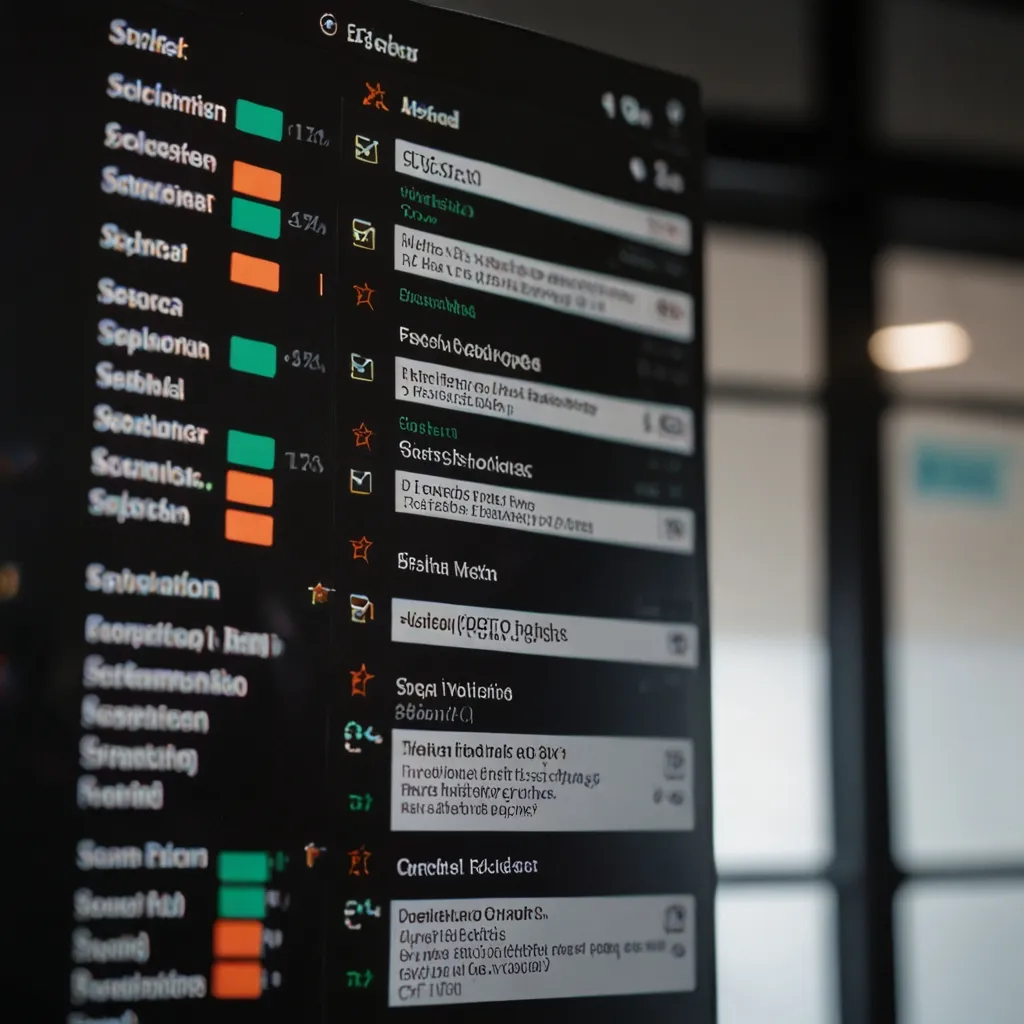Blockchain technology has quickly become a hot topic in web development circles, fundamentally changing how we build and interact with web applications. Imagine a secure, decentralized system where data is not just stored in a single place but distributed across a network, making it hard to tamper with. That’s blockchain in a nutshell—let’s explore why it’s such a game-changer.
One of the coolest things about blockchain is its decentralized nature. Traditional systems rely on a central server to store data. If a hacker breaks in, boom—all your data is at risk. But blockchain spreads data out across multiple nodes, which means no single point of failure. Even if one node gets compromised, the others remain secure. Plus, each transaction is encrypted and linked to the previous one, creating a chain that’s virtually tamper-proof. So, not only does this make hacking nearly impossible, but it also significantly reduces the risk of fraud and data breaches. Say goodbye to sleepless nights worrying about security!
Then there’s the transparency factor. Blockchain technology records every transaction in a ledger that anyone can verify but no one can alter. This is especially useful for web applications handling sensitive or financial data. You can trust that the data is accurate and untouchable, and users can see everything is above board. There’s no need for a central authority to manage records or resolve disputes because the blockchain does all that. It’s essentially trust built into the system itself.
Efficiency is another big win for blockchain. This tech cuts out the middlemen, speeding up transactions and reducing costs. Smart contracts, a fascinating feature of blockchain, are self-executing contracts where the terms are written into code. Platforms like Ethereum let developers create apps powered by these smart contracts, automating processes and making everything more efficient. Imagine never having to chase down payment on a contract because it automatically executes when conditions are met.
If you’re curious about real-world uses, they’re already here. Decentralized websites, which store data across multiple nodes, are becoming more common. This makes them more secure and reliable. Take Unstoppable Domains, for example—they enable users to create websites that can’t be censor-checked or shut down. Another area seeing blockchain adoption is identity verification. With blockchain, users control their own data, making it safer and more private. Imagine not having to worry about your personal info being stored in some vulnerable database, waiting for the next big hack.
Smart contracts are like the crown jewels of blockchain tech in web development. They automate agreements, ensuring all parties stick to the deal without needing a middleman. Ethereum is a huge player in this space, allowing the development of decentralized apps (DApps). These apps run on blockchain networks rather than central servers, making them hard to censor or take down. This resilience means that applications remain up and running no matter what.
However, blockchain isn’t without its hurdles. Scalability is a big one. As more users join the network and transactions skyrocket, the blockchain needs to handle more load. Solutions like sharding and off-chain transactions are being looked into to tackle these issues. Despite these challenges, the future looks bright. As technology matures, we can anticipate even more innovative applications that will continually reshape web development. Some people are even exploring how to combine blockchain with cloud computing to ramp up both security and efficiency.
Taking a look at practical examples helps underline the point. Decentralized finance, or DeFi, is one area where blockchain is making waves. These applications cut out the banks and other traditional intermediaries to offer services like lending, borrowing, and trading—all on a decentralized platform. No middleman means fewer fees and faster transactions.
Supply chain management is another field benefiting from blockchain. Companies can track goods through the entire supply chain, adding layers of transparency and accountability. This can slash the risks of counterfeiting and improve overall efficiency. Imagine knowing exactly where your product came from and every step it took before it reached you.
Blockchain technology is more than just a buzzword—it’s an incredibly powerful tool. Its decentralized, tamper-proof, and transparent nature makes it ideal for building secure, efficient, and trustworthy web applications. As we dig deeper into its potential, we’ll likely see blockchain adoption cutting across various industries. Picture a future with a more secure, and decentralized internet—a web where you don’t have to question the integrity of the data or the transparency of transactions.
In summary, blockchain is turning web development on its head, transforming various sectors and promising a more secure, efficient, and transparent future. So whether it’s financial transactions, identity verification, or even everyday browsing, this tech is poised to revolutionize it all. So sit back, watch closely, and get ready for a blockchain-powered world wide web!






